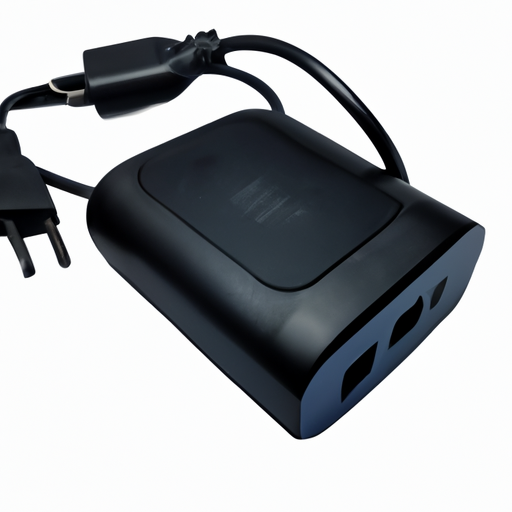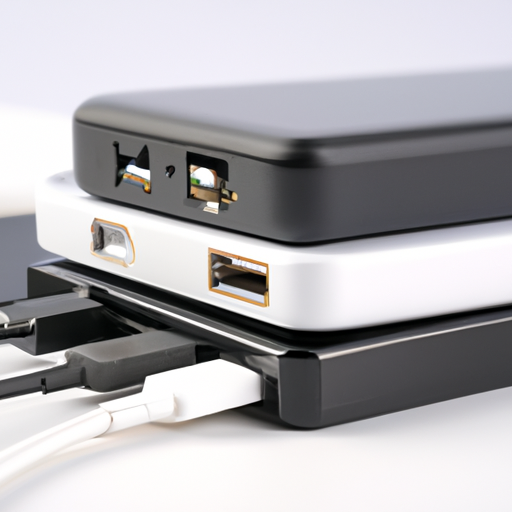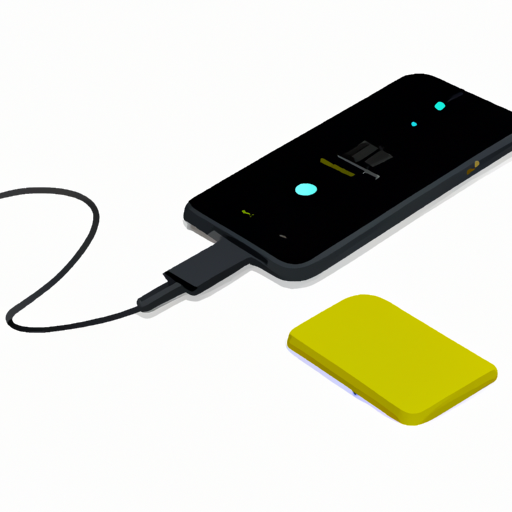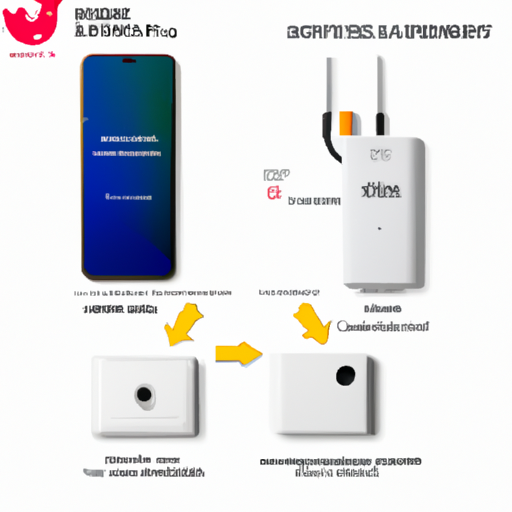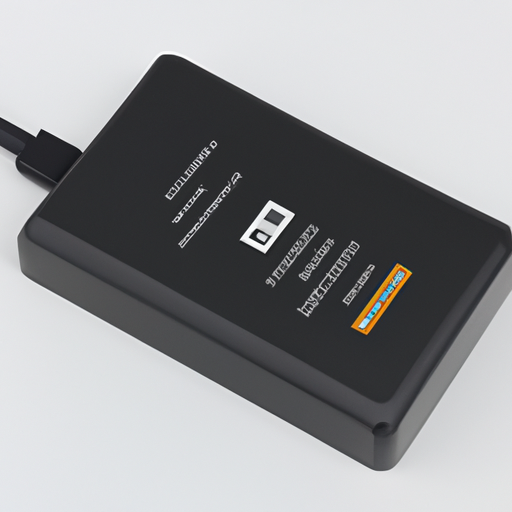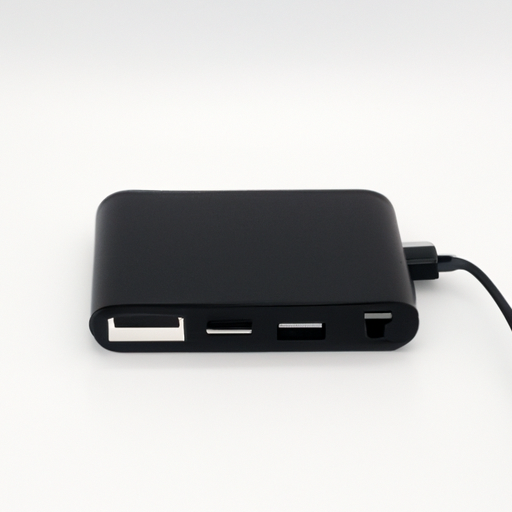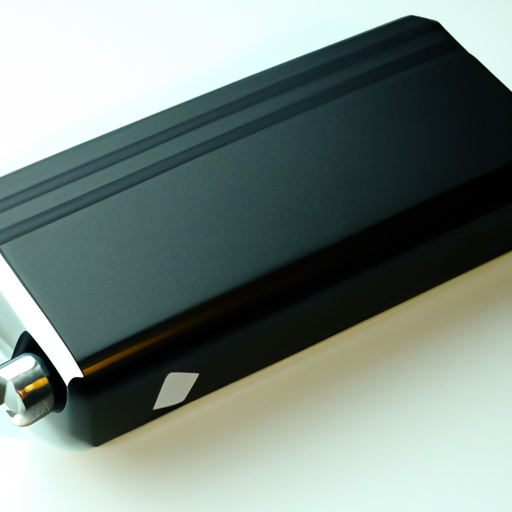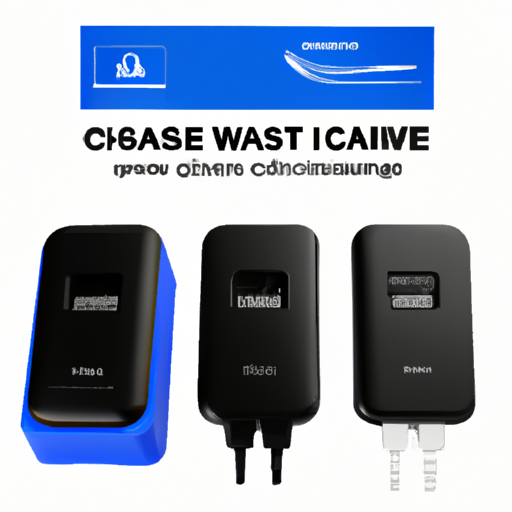How to Use Fast Charging Mobile Power Supply and What Material It Is Made Of
I. Introduction
In our fast-paced digital world, the demand for quick and efficient charging solutions has never been higher. Enter the fast charging mobile power supply—a device designed to deliver power to your gadgets at lightning speed. Fast charging technology has revolutionized the way we use our smartphones, tablets, and other portable devices, allowing us to spend less time tethered to a wall outlet and more time on the go. This article will explore the intricacies of fast charging technology, the materials used in these power supplies, and practical tips for their effective use.
II. Understanding Fast Charging Technology
A. Explanation of Fast Charging
Fast charging refers to a technology that enables devices to charge at a significantly higher rate than standard charging methods. While traditional chargers typically deliver a fixed amount of power, fast chargers can adjust the voltage and current to optimize charging speed.
1. How It Differs from Standard Charging
Standard charging usually operates at a lower voltage (5V) and current (1A), resulting in longer charging times. In contrast, fast charging technologies can increase the voltage (up to 20V) and current (up to 3A or more), allowing devices to charge much more quickly.
2. Common Fast Charging Standards
Several fast charging standards have emerged, including Qualcomm Quick Charge, USB Power Delivery (USB PD), and others. Each standard has its own specifications and compatibility requirements, but they all aim to reduce charging time significantly.
B. Benefits of Fast Charging
1. Time Efficiency
The most apparent benefit of fast charging is the time saved. A device that might take several hours to charge with a standard charger can often be fully charged in under an hour with a fast charger. This is particularly beneficial for users who are always on the move and need quick power boosts.
2. Convenience for Users on the Go
Fast charging allows users to quickly top off their devices during short breaks, whether at work, in transit, or during a meal. This convenience enhances the overall user experience, making it easier to stay connected without the constant worry of battery life.
III. Components of Fast Charging Mobile Power Supplies
A. Battery Technology
1. Lithium-Ion vs. Lithium-Polymer Batteries
Most fast charging mobile power supplies utilize lithium-ion or lithium-polymer batteries. Lithium-ion batteries are known for their high energy density and longevity, while lithium-polymer batteries are lighter and can be molded into various shapes, making them ideal for portable devices.
2. Capacity and Voltage Considerations
The capacity of a battery, measured in milliampere-hours (mAh), determines how much energy it can store. Higher capacity batteries can provide more power, allowing for faster charging. Voltage is also crucial; higher voltage can lead to faster charging times, but it must be managed carefully to avoid overheating.
B. Charging Circuitry
1. Role of Smart Chips in Regulating Power Flow
Smart chips are integral to fast charging technology. They regulate the power flow between the charger and the device, ensuring that the correct amount of voltage and current is delivered. This regulation is essential for preventing damage to the device and optimizing charging speed.
2. Importance of Heat Management
Fast charging generates more heat than standard charging. Effective heat management systems, including heat sinks and thermal sensors, are vital to prevent overheating, which can damage both the power supply and the device being charged.
C. Connectors and Cables
1. Types of Connectors
Fast charging mobile power supplies often use various connectors, including USB-C, Lightning, and Micro-USB. USB-C is becoming the standard due to its versatility and ability to handle higher power levels.
2. Quality of Cables and Their Impact on Charging Speed
The quality of the charging cable can significantly affect charging speed. High-quality cables are designed to handle higher currents and voltages, ensuring that the fast charging capabilities of the power supply are fully utilized.
IV. Materials Used in Fast Charging Mobile Power Supplies
A. Battery Casing Materials
1. Plastic vs. Metal Casings
The casing of a fast charging mobile power supply can be made from plastic or metal. Plastic casings are lightweight and cost-effective, while metal casings offer better durability and heat dissipation. The choice of material can impact the overall performance and longevity of the device.
2. Impact on Durability and Heat Dissipation
Metal casings tend to dissipate heat more effectively, which is crucial for maintaining optimal operating temperatures during fast charging. However, they can also add weight to the device, which may be a consideration for portable power supplies.
B. Internal Components
1. Conductive Materials
Copper and aluminum are commonly used as conductive materials in fast charging power supplies. Copper is favored for its excellent conductivity, while aluminum is lighter and more cost-effective.
2. Insulating Materials
Insulating materials, such as ceramics and plastics, are used to prevent electrical shorts and protect sensitive components. The choice of insulating materials can affect the safety and efficiency of the power supply.
C. Environmental Considerations
1. Sustainability of Materials Used
As the demand for fast charging technology grows, so does the need for sustainable materials. Manufacturers are increasingly looking for eco-friendly alternatives to traditional materials to reduce their environmental impact.
2. Recycling and Disposal of Fast Charging Power Supplies
Proper recycling and disposal of fast charging power supplies are essential to minimize electronic waste. Many manufacturers are implementing take-back programs to encourage responsible disposal.
V. How to Use Fast Charging Mobile Power Supplies
A. Choosing the Right Power Supply
1. Compatibility with Devices
When selecting a fast charging mobile power supply, ensure it is compatible with your devices. Check for the appropriate charging standards and connectors to avoid compatibility issues.
2. Understanding Wattage and Amperage Ratings
Understanding the wattage and amperage ratings of your power supply is crucial. Higher wattage ratings typically indicate faster charging capabilities, but ensure that your device can handle the increased power.
B. Proper Usage Techniques
1. Connecting Devices Correctly
Always connect your device to the power supply using the appropriate cable and connector. Ensure that the connection is secure to facilitate optimal charging.
2. Avoiding Common Mistakes
Using incompatible cables or chargers can lead to slower charging speeds or even damage to your device. Always use certified products to ensure safety and efficiency.
C. Maintenance Tips for Longevity
1. Keeping the Power Supply Clean
Regularly clean your power supply to prevent dust and debris from accumulating in the ports and connectors. This will help maintain optimal performance.
2. Storing the Power Supply Properly
When not in use, store your power supply in a cool, dry place. Avoid exposing it to extreme temperatures or moisture, which can damage the internal components.
VI. Safety Considerations
A. Risks Associated with Fast Charging
1. Overheating and Potential Hazards
Fast charging can generate significant heat, which poses risks if not managed properly. Overheating can lead to battery damage or even fires in extreme cases.
2. Importance of Using Certified Products
Always use certified fast charging products to minimize risks. Certified chargers and cables are designed to meet safety standards and reduce the likelihood of malfunctions.
B. Best Practices for Safe Charging
1. Monitoring Charging Conditions
Keep an eye on your device while it charges. If you notice excessive heat or unusual behavior, disconnect the device immediately.
2. Recognizing Signs of Malfunction
Be aware of signs that your power supply may be malfunctioning, such as unusual noises, smells, or failure to charge. If you encounter any of these issues, discontinue use and consult a professional.
VII. Conclusion
Fast charging mobile power supplies have become an essential part of our daily lives, offering convenience and efficiency in a world that demands quick solutions. Understanding the technology behind fast charging, the materials used in these devices, and how to use them safely can enhance your experience and prolong the life of your devices. As technology continues to evolve, we can expect even more advancements in fast charging solutions, making it crucial for users to stay informed and responsible in their usage.
VIII. References
For further reading on fast charging technology and recommendations for products, consider exploring the following resources:
- [Qualcomm Quick Charge Technology](https://www.qualcomm.com)
- [USB Power Delivery Specifications](https://www.usb.org)
- [Battery University](https://batteryuniversity.com)
By staying informed and making responsible choices, you can enjoy the benefits of fast charging while contributing to a more sustainable future.

